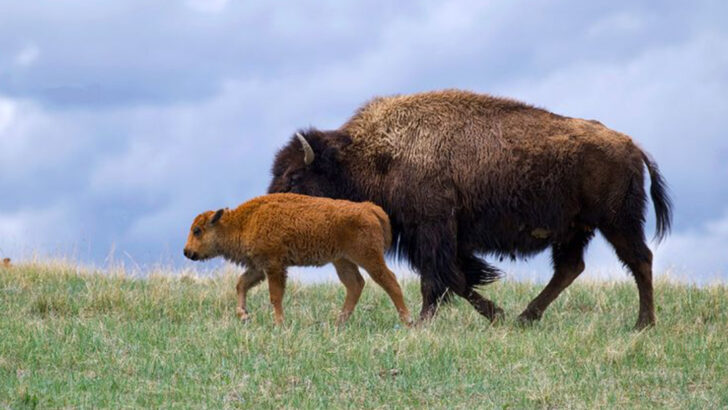The prairie doesn’t whisper—it sings with life. And not softly.
From bison thundering across open fields to owls ghosting through golden twilight, these animals don’t just live in the American heartland—they own it.
This isn’t your average list of “cute critters.” These are the icons. The survivors. The ones that make you stop, stare, and maybe reconsider that picnic.
Ready for a wild ride through the tall grasses and endless skies?
Here are 21 prairie animals that capture the raw, rugged spirit of the land—and give the Great Plains its untamed soul.
American Bison
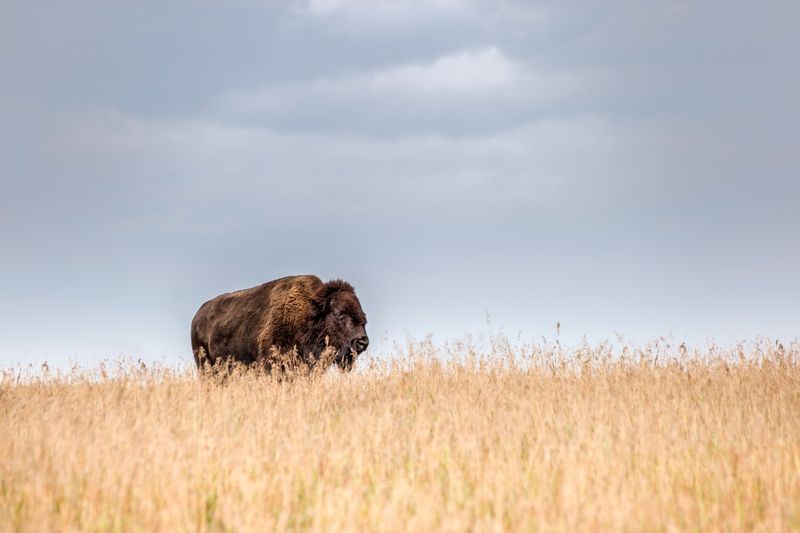
The American Bison, with its towering stature and rugged build, stands as a symbol of the Great Plains. These magnificent creatures once roamed the prairies in millions, shaping the landscape with their migratory patterns. Imagine a herd of these gentle giants grazing against the backdrop of a setting sun, their presence both awe-inspiring and peaceful. Today, conservation efforts help preserve their legacy and sustain their populations. Interestingly, bison have a unique social structure, with females leading the herd while males roam independently or in small groups. Their resilience mirrors the enduring spirit of the prairie.
Prairie Dog
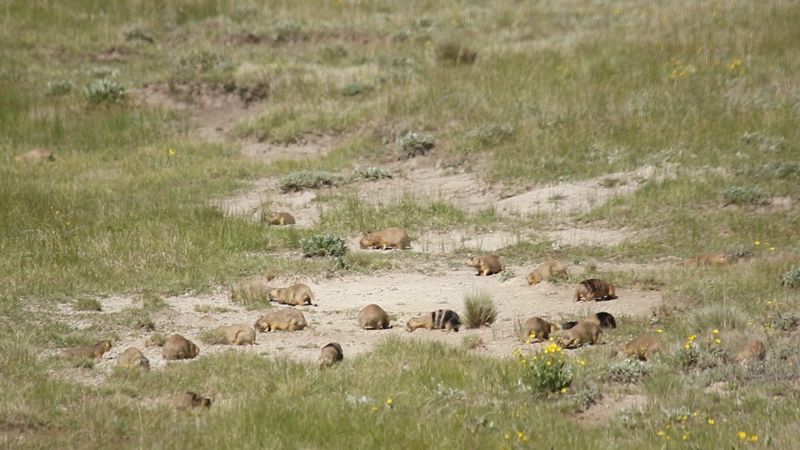
With a twitch of the nose and a chirp, the Prairie Dog captivates with its social charm. These small, burrowing rodents live in complex underground colonies known as “towns.” Their vocalizations serve as a sophisticated communication system, alerting each other to danger and coordinating community activities. Observing a Prairie Dog town is like witnessing a bustling, furry metropolis. The Prairie Dog’s role in aerating the soil and providing habitat for other species highlights its ecological importance. Despite their diminutive size, these creatures are powerful engineers of their environment, maintaining the delicate balance of prairie ecosystems.
Greater Prairie-Chicken
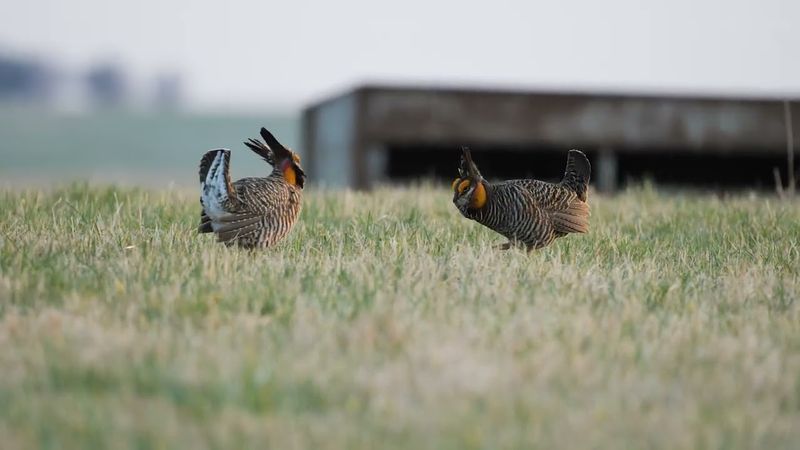
The Greater Prairie-Chicken is famous for its spectacular mating dance, a true performance of nature. During the spring, males gather on leks to display their vibrant air sacs and booming calls, hoping to attract a mate. This dance is not just a visual spectacle but an acoustic wonder, echoing across the plains. Sadly, habitat loss has threatened their numbers, making conservation efforts critical. These birds are more than performers; they are indicators of prairie health. Their presence signifies a thriving ecosystem, where grasses grow tall and wildflowers bloom in abundance. Witnessing their dance is like catching a glimpse of prairie magic.
Coyote

Elusive and adaptable, the Coyote is the prairie’s clever trickster. Renowned for its intelligence and resourcefulness, this canid thrives in various environments, from urban areas to open grasslands. As night falls, its haunting howl echoes across the prairie, a call to others in its pack. Coyotes play a crucial role as top predators, controlling populations of rodents and other small prey. Their adaptability has earned them mixed reputations among humans, seen both as pests and as symbols of survival. The Coyote’s presence on the prairie is a testament to nature’s balance, where predator and prey coexist in harmony.
Western Meadowlark
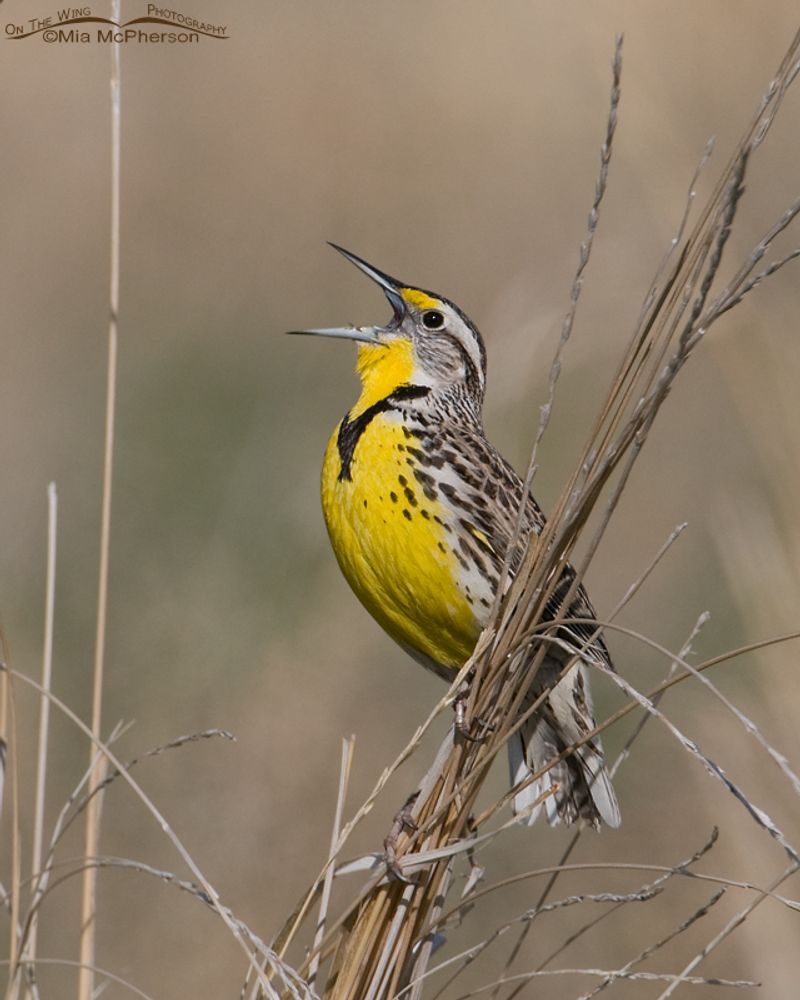
The Western Meadowlark brings a symphony to the prairie with its cheerful song. This bird, with its striking yellow plumage and melodic tunes, is often heard before seen. Its song is a herald of spring, echoing through the open fields as a symbol of renewal. Meadowlarks nest on the ground, weaving grasses into a protective dome. They are a delightful sight, often perched on fence posts or low shrubs, their presence bringing vibrancy to the landscape. As insectivores, they help control pest populations, contributing to the prairie’s ecological health. Their song is the prairie’s own melody, a tune of life and renewal.
Black-footed Ferret
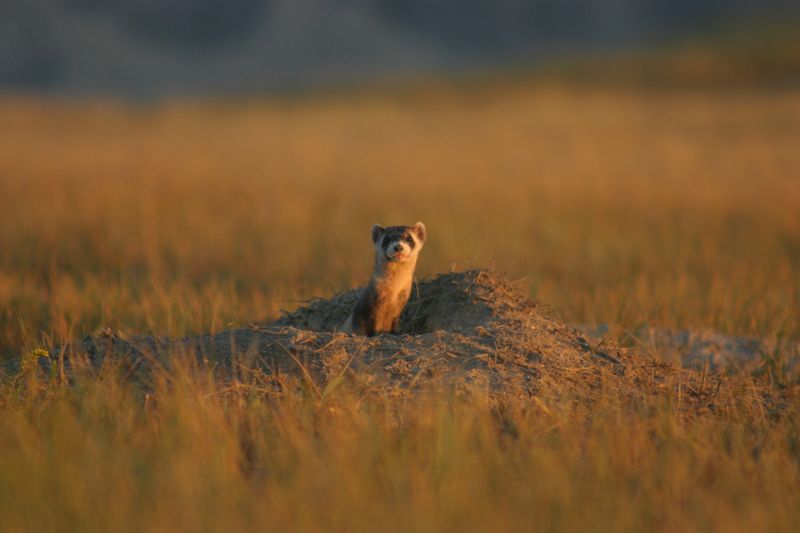
Once thought extinct, the Black-footed Ferret’s comeback is a conservation success story. These nocturnal predators rely on prairie dog colonies for food and shelter, making them an integral part of the prairie ecosystem. With its distinctive masked face and agile movements, the ferret is a stealthy hunter. Conservationists have worked tirelessly to reintroduce these animals, and today, they symbolize hope for endangered species. Their presence indicates a healthy prairie dog population, essential for ecosystem balance. Observing a Black-footed Ferret in the wild is witnessing a triumph of conservation, where dedication meets nature’s resilience.
Burrowing Owl

With its bright eyes and quirky behavior, the Burrowing Owl is a prairie favorite. Unlike typical owls, these birds nest underground in burrows, often cohabiting with prairie dogs. Their long legs and ground-dwelling habits make them unique among owls. Observing a Burrowing Owl involves watching its comical head-bobbing and listening to its soft coos as it communicates with peers. These owls play a role in controlling insect and rodent populations, adding to the prairie’s ecological tapestry. With conservation efforts, their populations are gradually stabilizing, ensuring future generations can enjoy their whimsical charm and vital ecological role.
Pronghorn
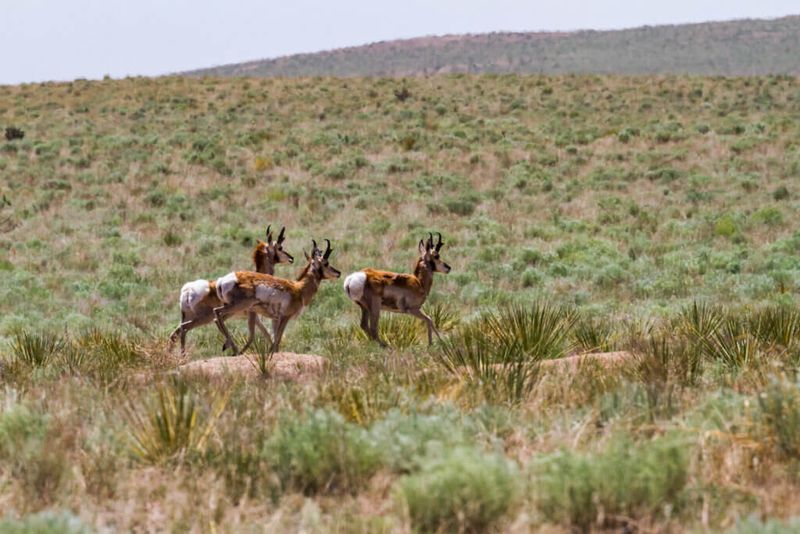
The Pronghorn, North America’s speedster, is a marvel of evolution. Capable of reaching speeds up to 55 mph, this animal is built for the vast expanses of the prairie. Its distinct white and tan coat and sharp horns create a striking silhouette against the grasslands. Pronghorns migrate long distances in search of grazing, showcasing their endurance. Despite their speed, these animals face threats from habitat fragmentation. Conservation corridors are essential to maintaining their migratory routes. With their keen eyesight and swift legs, Pronghorns embody the spirit of freedom that defines the prairie landscape.
Red-tailed Hawk
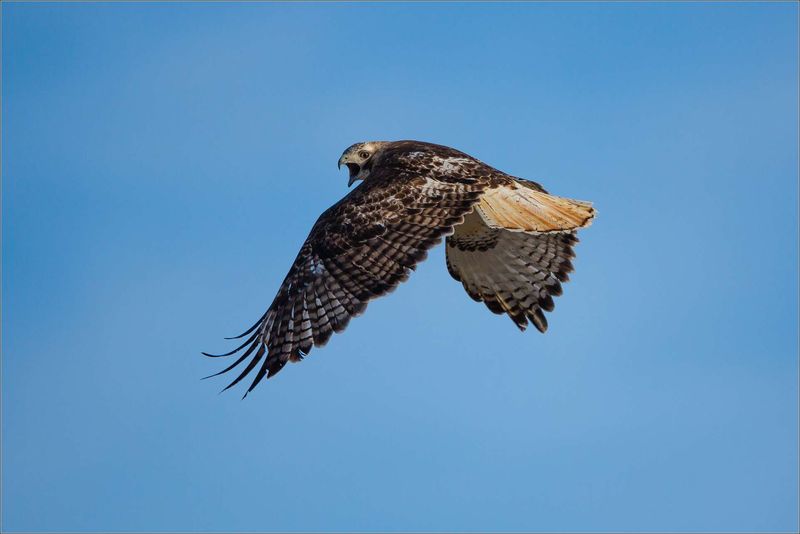
Majestic and powerful, the Red-tailed Hawk reigns as a master of the skies over the prairie. With wings extended in graceful flight, their sharp eyes detect even the slightest movement below. From a perch high in the sky or a tree, these raptors survey their domain. Their distinctive red tails flash in the sunlight as they dive with unparalleled precision to capture prey. Red-tailed Hawks are vital in controlling rodent populations, maintaining the balance of the ecosystem. Whether perched or in flight, their presence is a reminder of nature’s grace and the intricate web of life on the prairie.
American Badger
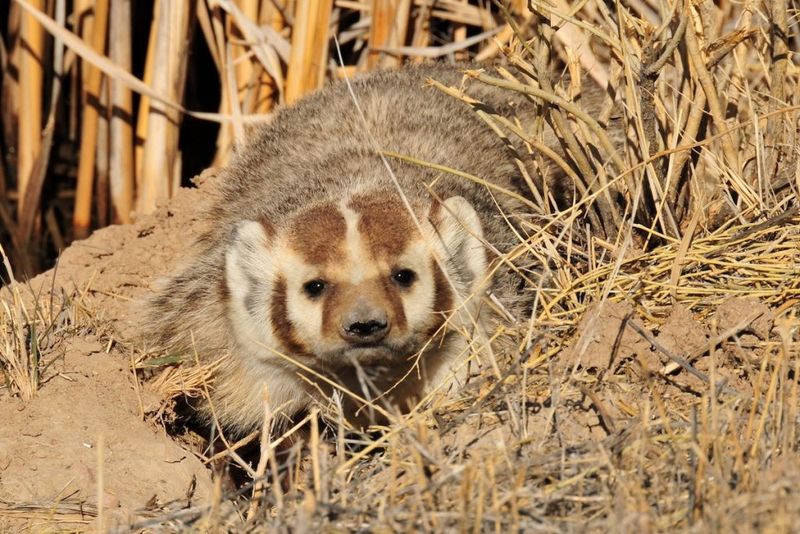
The American Badger is a force to be reckoned with in the prairie ecosystem. Known for its tenacity and strength, this burrowing mammal is an expert digger. Badgers play a vital role in aerating the soil and controlling small mammal populations. Their distinctive black-and-white striped faces are a striking feature against their grizzled coats. Observing a badger in action is witnessing raw determination, whether it’s digging for prey or defending its territory. Though solitary by nature, their impact on the prairie is significant, ensuring the soil remains fertile and the ecosystem balanced.
Eastern Cottontail

With its twitching nose and soft fur, the Eastern Cottontail Rabbit is a gentle presence on the prairie. These rabbits are adept at finding cover among tall grasses and bushes, their agility and speed helping them evade predators. The cottontail’s distinctive white tail serves as a warning signal, flashing as they dart into the underbrush. They play an essential role in the food web, providing sustenance for various predators. In turn, they help keep plant growth in check, contributing to the prairie’s ecological balance. Their presence is a reminder of the interconnectedness of life on the open plains.
Monarch Butterfly
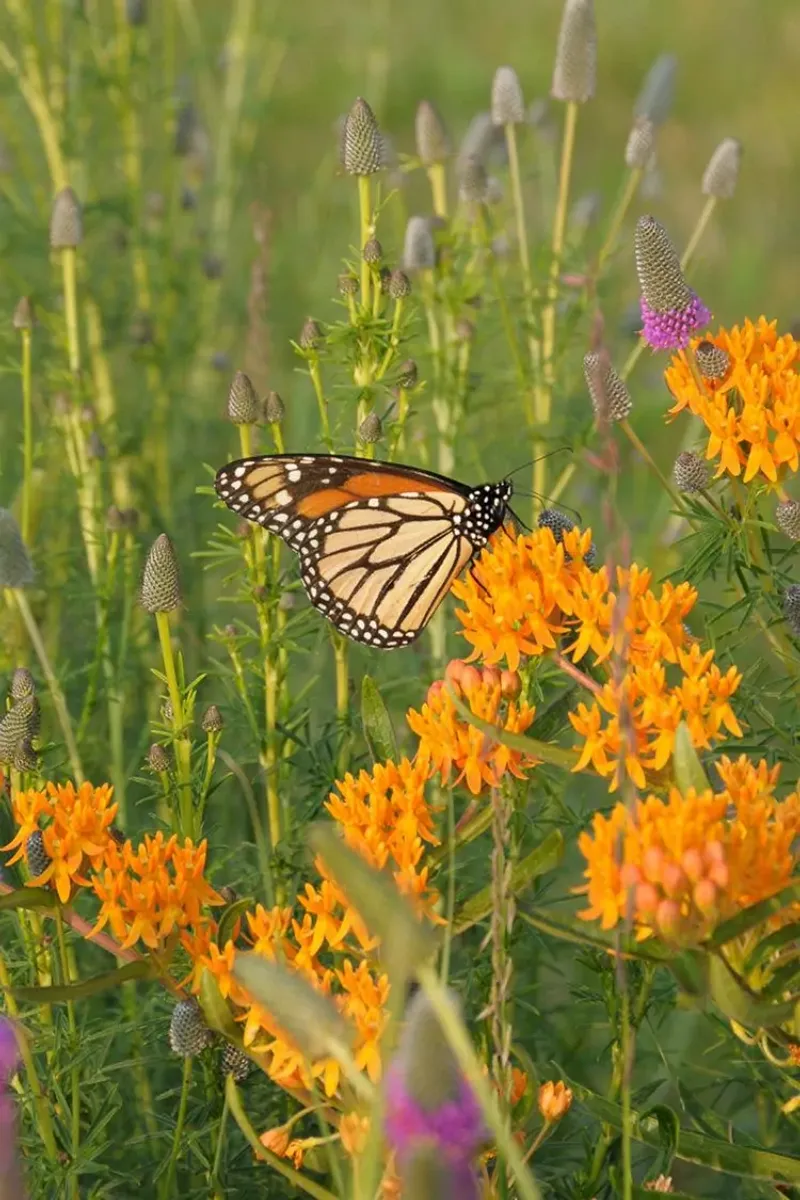
The Monarch Butterfly’s annual migration is a natural wonder, with millions traveling thousands of miles to breed. These butterflies are closely tied to the prairie, relying on milkweed plants for survival. Their striking orange and black wings contrast beautifully with the green of the prairie, creating a visual spectacle. Monarchs are pollinators, playing a crucial role in the reproduction of prairie plants. Conservation efforts focus on preserving milkweed habitats to support their populations. Observing a Monarch during its migration is witnessing a phenomenon of endurance and transformation, as delicate wings carry them across continents.
Northern Harrier
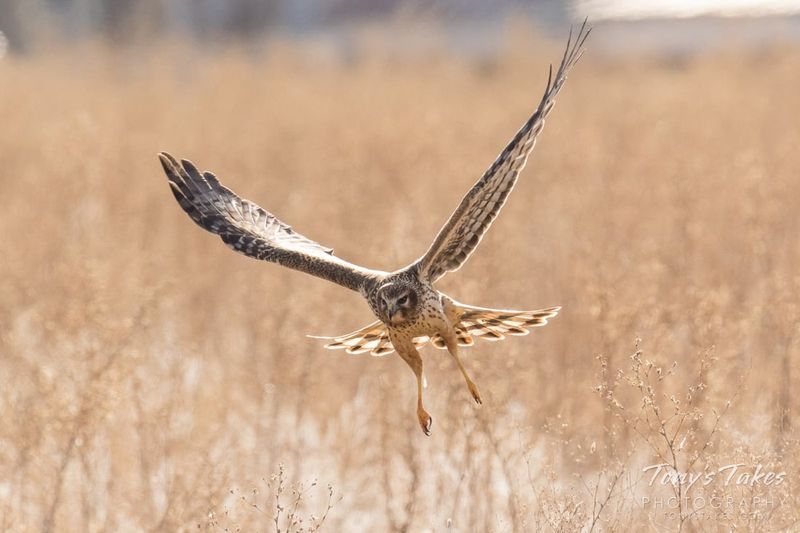
The Northern Harrier, with its distinctive owl-like face and graceful flight, is a master hunter of the prairie. Gliding low over grasslands, its keen eyesight and acute hearing allow it to pinpoint prey with precision. This raptor’s unique hunting style, skimming just above the ground, sets it apart from other hawks. Northern Harriers are often seen alone, their presence a solitary silhouette against a vast sky. They play a critical role in controlling rodent and small bird populations. Watching a harrier in action is like seeing a dance of survival, where agility and patience unite in the open air.
Swift Fox
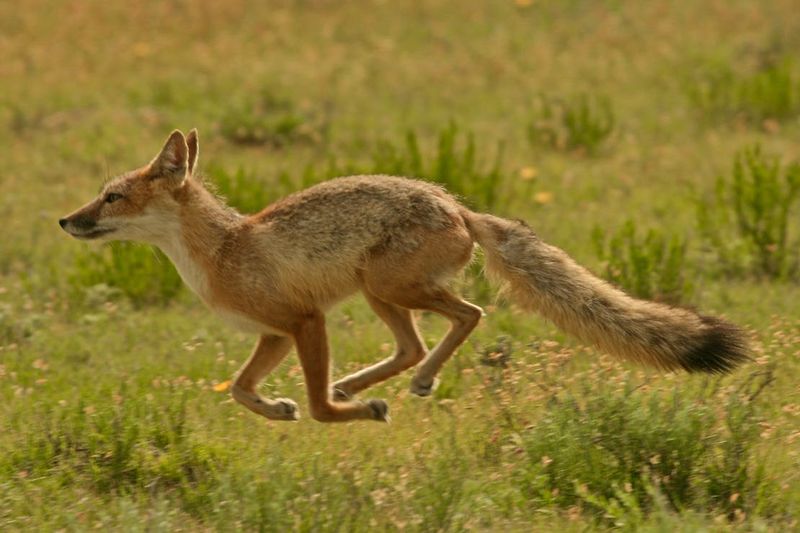
The Swift Fox, true to its name, is one of the fastest and smallest foxes on the prairie. These agile predators are adept at navigating the grasslands, their sleek bodies and bushy tails allowing for swift movements. Swift foxes are nocturnal, hunting small mammals and insects under the cover of darkness. Conservation efforts have helped restore their populations after facing habitat loss. These foxes live in family groups, their social structures resembling that of larger canines. Their presence is a testament to resilience and adaptation, thriving in an environment as challenging as it is beautiful.
Horned Lizard
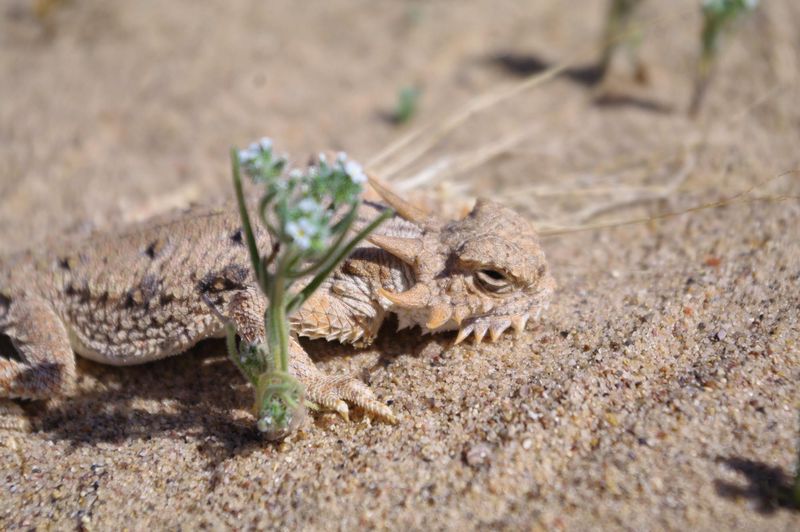
With its unique appearance and defensive behaviors, the Horned Lizard is a fascinating inhabitant of the prairie. Its body is adorned with spiky scales and horns, offering protection against predators. Camouflage is its first line of defense, blending seamlessly with the sandy soil. When threatened, the lizard can squirt blood from its eyes, a startling tactic to deter threats. Horned Lizards primarily feed on ants, playing a role in controlling insect populations. Their presence is a reminder of the prairie’s diversity, where even small creatures have adapted remarkable strategies for survival.
Grasshopper
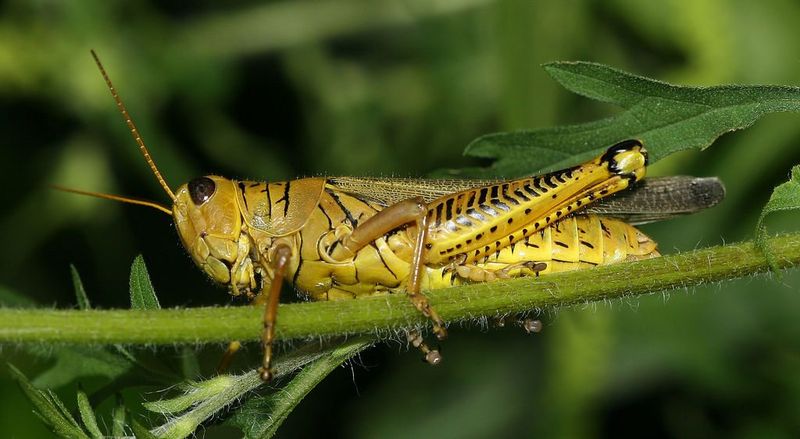
The Grasshopper, with its powerful hind legs, is an iconic symbol of the prairie’s insect life. These agile jumpers are essential to the food web, serving as a primary food source for many birds and small mammals. Their ability to consume vast amounts of vegetation can influence plant dynamics, making them both beneficial and challenging for prairie ecosystems. Grasshoppers are also considered indicators of environmental health, their populations reflecting changes in habitat conditions. Watching a grasshopper leap from blade to blade is like witnessing a miniature acrobat in action, embodying the energy and vitality of the prairie.
American Goldfinch
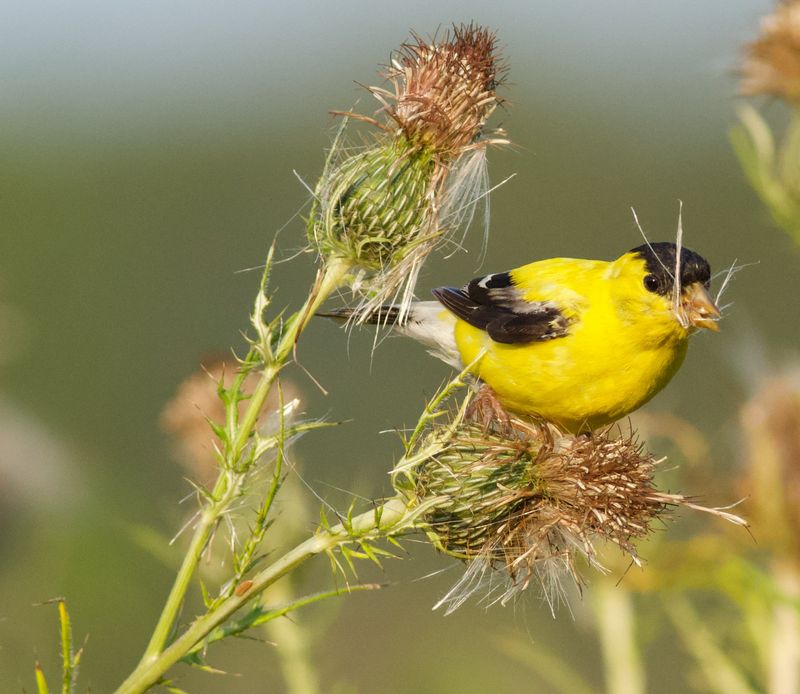
The American Goldfinch is a burst of sunshine on the prairie, with its bright yellow plumage and cheerful song. These small birds are often seen flitting among thistles and sunflowers, their preferred food sources. Goldfinches are unique in their late breeding season, timed with the peak availability of seeds. Their undulating flight pattern is a captivating sight, adding flashes of color to the grasslands. Beyond their beauty, goldfinches play a role in seed dispersal, aiding in plant reproduction. Their presence enhances the prairie’s vibrancy, a reminder of the interconnected artistry of nature.
Northern Bobwhite
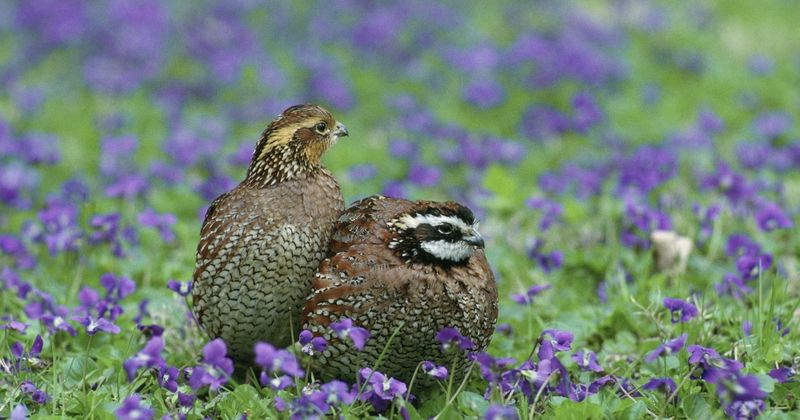
The Northern Bobwhite, with its distinctive call that sounds like its name, is a charming inhabitant of the prairie. These small quails are well-camouflaged, their mottled plumage blending seamlessly with the grassland environment. Bobwhites are social birds, often found in groups called coveys, which provide protection from predators. Their diet consists of seeds and insects, playing a role in pest control and seed dispersal. Conservation efforts aim to restore their habitats, as these birds face threats from agricultural development. Hearing a bobwhite’s call is like experiencing a piece of the prairie’s soul, a sound echoing through time.
Bison Calf
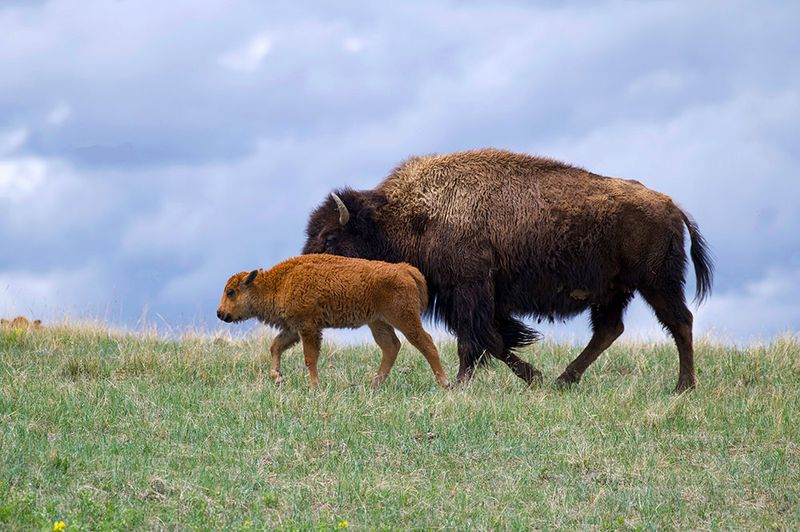
The Bison Calf, with its soft, reddish-brown coat, is a symbol of new beginnings on the prairie. These calves are born in the spring, joining the herd shortly after birth. Their playful antics and curious nature bring life to the grasslands, as they explore their new world under the watchful eyes of their mothers. Bison calves grow rapidly, learning the ways of the herd and the rhythm of the prairie. Their presence signifies the continuity of life, as the legacy of the bison is passed to a new generation. Witnessing a bison calf is seeing the future of the prairie unfold.
Short-eared Owl
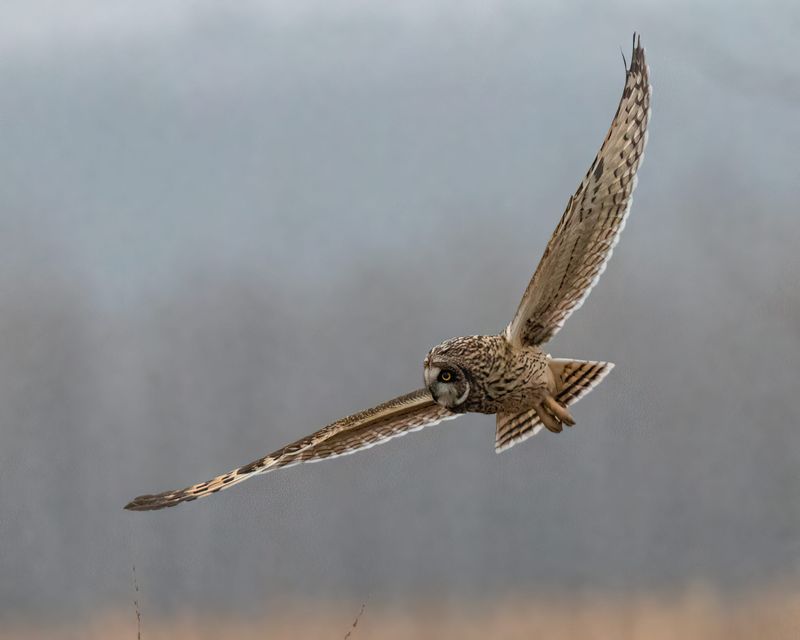
The Short-eared Owl, with its distinctive flight pattern and haunting calls, adds mystery to the prairie landscape. These owls are often active during the day, unlike most owls, making them more visible to observers. Their broad wings allow for silent flight, a key adaptation for hunting voles and other small mammals. Short-eared Owls nest on the ground, their camouflaged plumage blending with the grasses. They are indicators of healthy grassland habitats, as their presence correlates with high prey availability. Observing a Short-eared Owl is experiencing the quiet grace of the prairie, where predator and prey dance in a delicate balance.
Prairie Mole Cricket
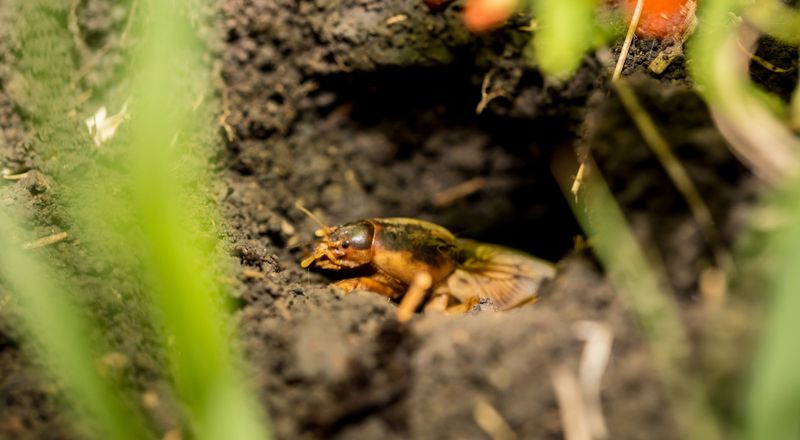
Ever heard the soft, musical hum beneath your feet while walking through the tall grasses of the prairie? Meet the Prairie Mole Cricket, an elusive maestro of the underground world. With its robust, spade-like forelimbs, it tunnels through the soil, aerating it in the process. This chubby, burrowing insect emerges during the mating season to perform an enchanting courtship song.
Imagine catching a glimpse of this shy creature under the prairie moonlight, its song resonating through the night like a hidden symphony. Though seldom seen, its presence is a testament to the intricate, interconnected web of prairie life.

